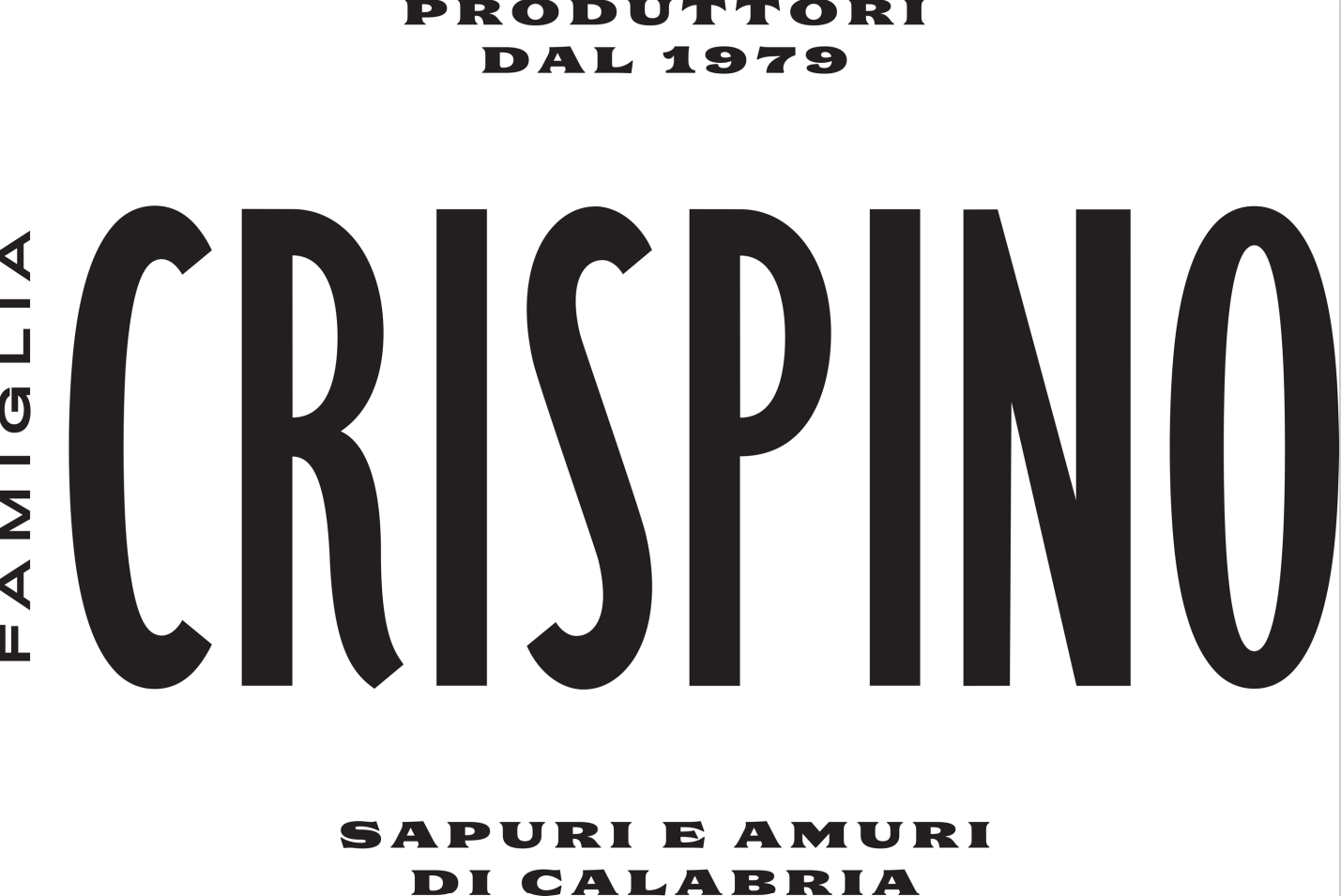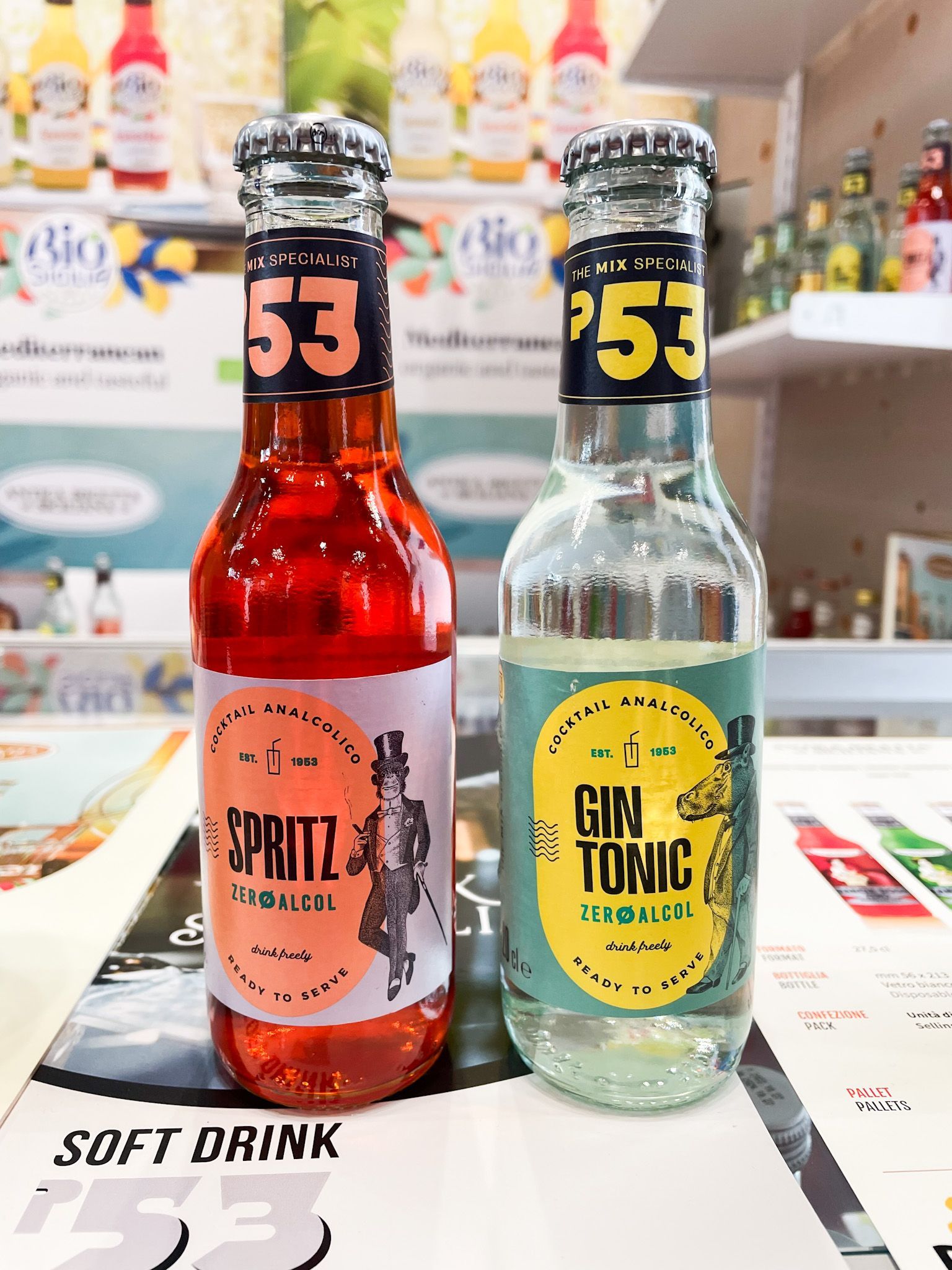Industry Insights
and
Market Information
Grow Global Market Information
If you are looking to access the US market, here are the major US Trade shows for food/beverage and different CPG categories: Food and Beverage: Winter Fancy Food Show (Las Vegas) - January Natural Products Expo West (Anaheim) - March Seafood Expo North America (Boston) - March Summer Fancy Food Show (New York) - June International Dairy, Deli and Bakery Show (Houston) - June Natural Products Expo East (Philadelphia) - September Plant Based World (New York) - September America's Food and Beverage (Miami) - September Sweets and Snacks (Indianapolis) - May Global Produce and Floral Show ( Anaheim) - October PLMA (Chicago) - November National Restaurant Association Show - Chicago Pet Products: Global Pet Expo (Orlando) - March Super Zoo (Las Vegas) - August Beauty and Wellness: Cosmoprof North America - January and July Housewares: The Inspired Home Show (Chicago) - March Electronics: CES (Las Vegas) - January
Let's go behind the booth design and location here and let's look at how can small and medium companies maximize trade show attendance: 1. Choose the right trade show This seems like a given but a lot of times we see companies attending the wrong show and ultimately wasting their time and money. You know your market, do some research and spend your money where your clients are. 2. Promote your attendance Announce your participation starting one month out and invite buyers to stop by your booth. Book appointments!!! Reach out to the buyers you have been having conversations with and let them know you will be attending a trade show in their area and invite them to stop by. Reach out to new buyers, promote your company and product. 3. Be approachable Don't sit at the table and scroll on your phone. Be approachable and engage with the people that stop by. 4. Listen and take notes! When people stop by chances are something caught their attention. Listen to what it is and start a conversation with them. Take few notes so you remember what was discussed and can follow-up appropriately. If conversation was productive ask about follow-up steps so you know what is expected. 5. Don't push literature and samples Buyers walk around a lot at these trade shows and they might not be interested to carry all your catalogues. Have something light that you can staple with your card so they remember the products and follow up with an e-catalogue after the event. 6. Follow up! Follow up! Follow up! Follow up is most important and it should be done properly and timely. Few days after the event send a personalized thank you note to those who stopped by and invite them to schedule a virtual meeting to discuss opportunities. Note the points that were discussed at the show and send an e-catalogue. - Do not send an email and cc everyone you met with - Trade show attendance is not a newsletter sign-up. Do not assume everyone you met with wants to receive your weekly newsletter. - Do not invade people with emails after the event. Send one personalized follow up and wait for feedback. Follow up in 2 weeks with a reminder or short call.

While the traditional markets are still a main source for local fruits and vegetables, dairy products and meat; Romanians have become accustomed with more and more European retail chains establishing themselves in the country. While initially chains like Carrefour, Kaufland, Auchan were mainly located at the outskirts of the city now, smaller express stores are opening in various, more convenient locations and easy accessible to people by foot. For example, Carrefour operates various formats in the country including - Carrefour Hypermarket, Carrefour Market and Carrefour Express each located to respond to area demographics and socio-economic conditions. Large retail chains doubled their sales on the Romanian market in the past 10 years showing the shift in consumer's choices when it comes to shopping. Large chains offer a wider selection of products, more variety and the convenience of finding everything in one location. All this comes to the detriment of the small mom-and-pop shops and the traditional markets. Top Chains in the Market include:
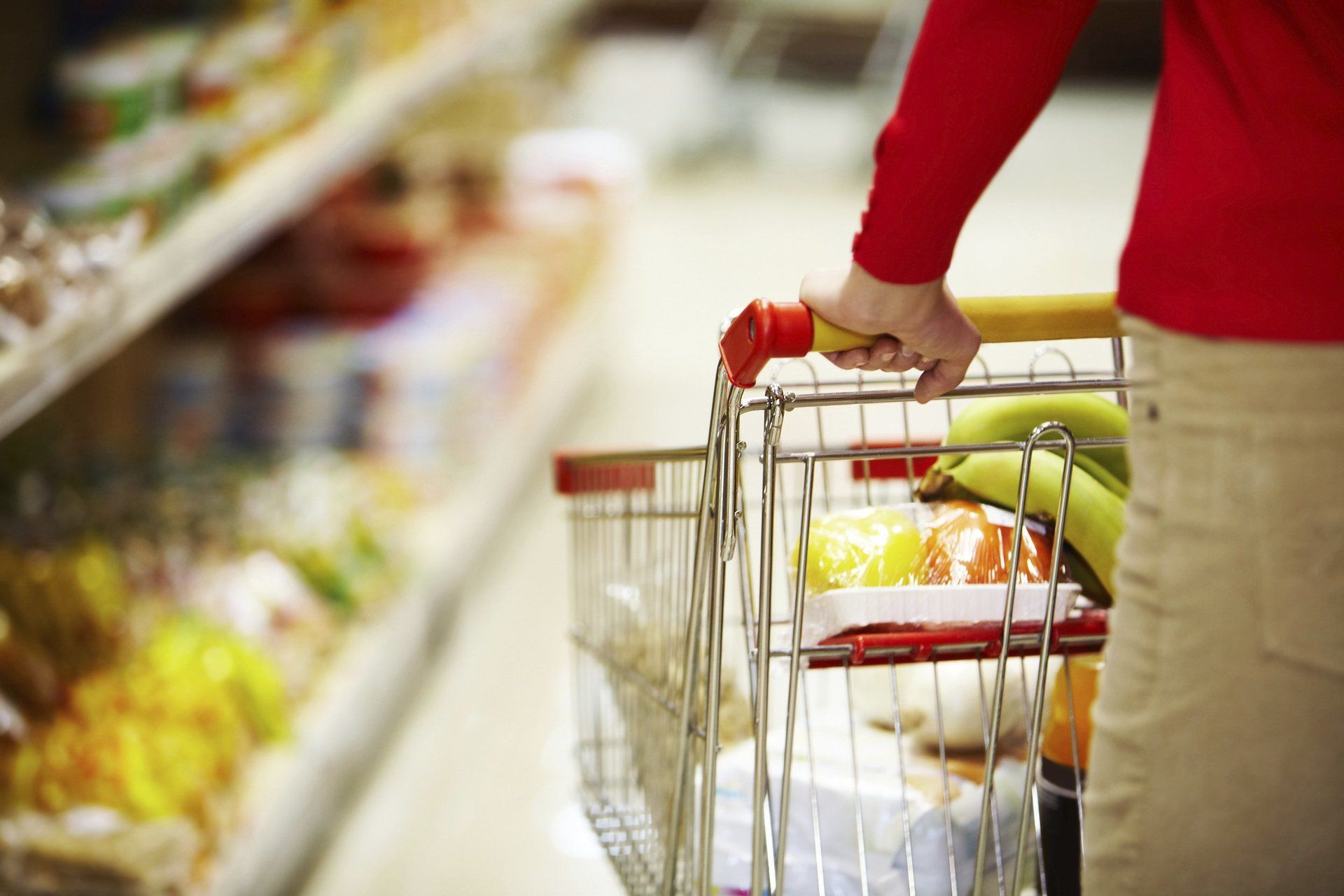
There are different ways to look at the US grocery chains which in turn give different classifications but no matter the criteria, Kroger and Albertsons are among the top 10 grocers in the US. Dominant on the East coast, Kroger has 2800+ stores across 35 states and operates 20 banners including Fred Meyer Stores, Fry's Food, Harris Teeter, Ralphs, Roundy's to name a few. On the other side, Albertsons is better positioned on the West coast with 2300+ stores across 34 states. Albertsons operates 20 banners including Safeway, Jewel-Osco, Vons, Shaw's and others. Below are different views of the US retail environment with a particular focus on grocery. Kroger + Albertson merger would create quite a competition to Walmart in terms of Food category sales and store number while strengthening Kroger's position as the second largest Food retailer in the US. *Note - Exhibits below include approximate sales and store numbers based on public information.

Popular in the Asian market, Agar-agar is not widely used in beyond the Asian continent. Part of our virtual Program of promoting Indonesian Ingredient companies around the world we had the opportunity to work with three Indonesian Agar-agar manufacturers. Here is some info on what Agar-agar is and what are some of its uses. Agar-agar is an extract of red marine algae (Gracillaria) and 100% natural. Agar-agar is odorless and tasteless, has zero calories and is rich in minerals. Agar-agar is also high in fibers. USAGE: Agar is resistant to high temperatures and has various uses in the food industry including: gelling agent as a rigid gel in confectionery and canned products as a layer in sweet surface in order not to stick on the sweet wrappers prevents meat from turning mushy and reducing damage in soft meats, permitting the reduction of fat content stabilizing property in the dairy industry stabilizer, suspending agent and clarifier in beverages as a vegan option to different glazes in the bakery industry preventing dehydration in bakery products Other Agar-agar uses include cosmetics and personal care industry, microbiology and bacteriology

Innovation, Lead Generation, Consumer Satisfaction and Company Culture are the main four areas that always need to be vivid in order for a company to thrive. As a business, you can never loose focus on any of these aspects since it will impact your next quarter results. These major pieces co-exist with each other and are highly dependable on each other; when one of these areas thrives it generates momentum for the others to grow. Let’s take a moment to review each of them: INNOVATION – Your product or service came about through an idea or a need that generated enthusiasm at different levels. This propelled the idea to the concrete, marketable solution that exists today. However, without continuing to innovate your current product or service will, in time, no longer respond to the market needs. LEAD GENERATION – I always hear from companies saying "We don’t need more leads or customers. We are happy with the customers we have and we will continue to serve them." This sounds pretty much like the widely used concept of ‘quiet quitting’ that’s circling around at the moment. The same as employees decide to only do the bare minimum to keep their job, companies decide to stay in the comfortable position they reached and continue to float in the fake feeling of security they created for themselves. Staying in the current state and counting on your customers to continue to be your customers is not a strategy because everything is replaceable, a cheaper product, a better service, a new or more innovative company will come about and you will not only lose your customer but you will also look at an empty pipeline. Lead generation takes time and effort and it feeds of your innovation, company culture and consumer satisfaction. Lead Generation not only includes your prospects but it also includes the potential customers that said ‘no’ at one point. They must not be forgotten as we can always go back to the 'no leads' when something new and exciting happens in the company. Keep your pipeline updated with changes and wins in the other areas of the organization! COMPANY CULTURE – Company culture is the area that attracts the right employees, customers and partners; it is also the area that helps maintain the employees satisfied, engaged and productive. Company culture and products dictate who should be in the lead generation pipeline. Company Culture is a bit different than the other aspects discussed here because it's not necessary something tangible; it is more about the image we create, the culture we cultivate, the feeling we leave behind after an interaction or the perception the consumers get when seeing or using the product/service. CONSUMER SATISFACTION – is what keeps selling the products and services and contributes to widening the lead generation funnel. Wins in these four areas create momentum for each other and opportunities for growth. When we lose focus on one of these aspects we can quickly miss opportunities and see a decline in employee and consumer satisfaction. Even when you reach a position or status you are comfortable with you need to continue to invest in innovation, cultivate company culture, improve consumer satisfaction and continue to generate leads to stay on a growth path.
We were happy to meet industry partners earlier this week in New York, during the Summer Fancy Food Show. After a two year pause it was good to browse the stands and see emerging trends and smiling faces. Although the show seemed a little smaller than usual and less traffic, we were happy to see a good representation from international companies. Among the country pavilions present were Italy, South Africa, Poland, Argentina, France, UK, South Korea, Japan, Ecuador, Tunisia, Spain, Greece, Iceland. What we've seen? Definitely a lot of organic and plant-based products Honey from all corners of the world; from raw, creamed, iced honey to flavored honey and different fruit/honey mixes. Sunflower seed milk More plant-based snacks that move away from processed foods and include more vegetables A lot of products to help people drink more water by using Flower extracts to flavor water and similar ideas Carob 'Chocolate' was surprisingly tasty and has the same texture as regular chocolate but no cocoa Large salt assortment and unique products in this category Bubble tea products that help take the Bubble Teas Shop experience at home Sugar free products including a large assortment of sugar free non-alcoholic beverages In general, a large assortment of olive oil, pasta and pasta sauce Sustainable, biodegradable packaging ideas including business cards that could be planted to grow herbs A pleasant surprise was to see a lot more companies that go beyond the products they market and try to help communities and the farmers they work with
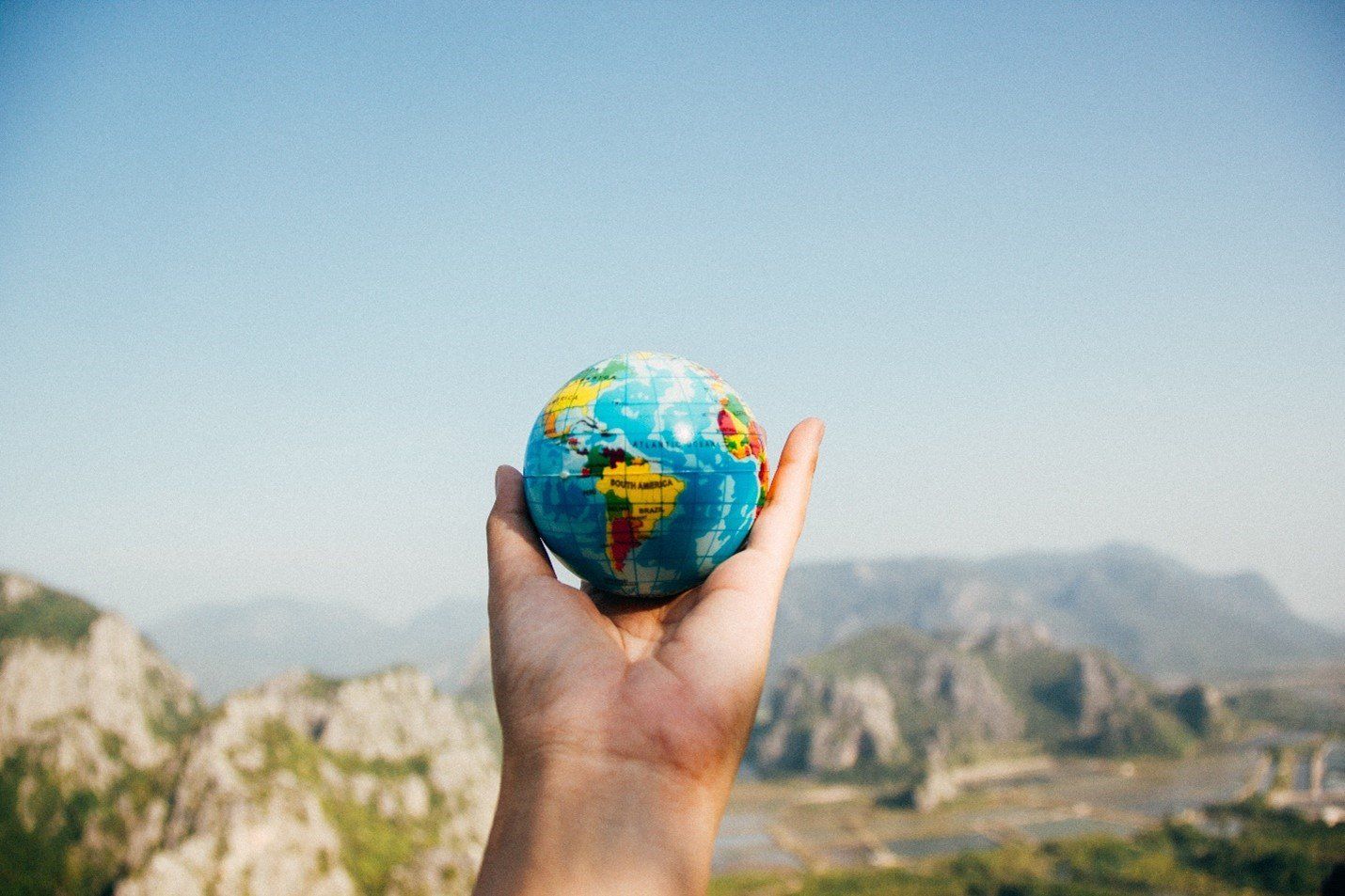
International business has never been easier. In the current times, businesses of all types are aiming to grow on a global scale. Considering the openness of global markets, the emerging ones from Europe and Asia competing harshly with the US market, most industries may take advantage of the variety of resources they have at their disposal. However, even though opportunities are increasing, there are a few main challenges that businesses worldwide are still struggling with and might be in many cases international trade barriers. Economical context During times of recession importers are more reluctant to diversify their rage of products or services they offer due to their expectations of decreasing demand, both B2B and B2C. At the same time, exporters are encountering the same challenges since their business partners are cutting off the demand. However, even though this might be counterintuitive, that is the moment when companies should push harder and go ahead with new approaches in order to overcome the crisis with as small damage as possible. Political aspects In international trade, political aspects are affecting the trade processes directly considering the diversity of countries involved. Thus, it is important to analyze the political situation for the countries your company is targeting and keep an eye on their evolution in order to be able to align smoothly with the other stakeholders. In order to do so, you might consider partnering with a company specialized in international trade research to receive the support and business insights that you need. Laws, regulations and taxes The legal side of export might be complicated and overwhelming, especially if you are new to market and do not have a clear understanding of that particular country’s laws, regulations and taxes. For these reasons, it would be recommended to consider working with a consulting company that can provide you all the information and limitations. You can contact us for key considerations in international business. Changing Trends Among the main trends that you need to follow and keep a close eye on can be named: High tech trade booms – technology is evolving every day and it is impacting international trade on a high level. Thus, it is recommended to stay connected and take this opportunity to move your business further. Asian manufacturing diversifies – as Asia is a fast-emerging market, their offerings are getting popular and a wide variety of products are setting the trend on a global level. Sustainability – has become a popular term in the past few years and it is getting new shapes as researches show up with new solutions for a sustainable lifestyle. Renewable energy, sustainable fashion items and construction materials are only a few of them. Adaptability Forecasts are essential while going international considering the high speed at which the world Is changing. Thus, considering the objective your company aims to for the next 5 up to 10 years, you need to analyze and be updated in terms of strategy, business plan and product development.

US customs procedures can be complicated and many times paperwork is better handled by industry experts who can advise you on all regulations, requirements, and submit necessary documentation. Here are few short points to help you navigate entry requirements to the US. Customs Brokers are individuals licensed to transact customs business on behalf of others. Customs Brokers are very knowledgeable in customs business and regulations and are an important partner to help you clear merchandise at the port of entry in the US. To Consider when preparing your paperwork Import to the US ? There are two major things that determine the rate of duty for imports in the US: - Country of Origin - Harmonized Tariff Schedule ( HTS ) number Customs Brokers assist importers in determining classification of items, country of origin and currency conversion. Documents required by Customs Brokers to process entry to the US include: - Commercial invoice - Bill of lading Commercial Invoice Requirements: - Port of Entry - Name and Address of buyer and Seller - Description of Merchandise - Currency - Country of Origin Useful Links to review: Locate Port of Entry in the US Tips for new importers/exporters in the US
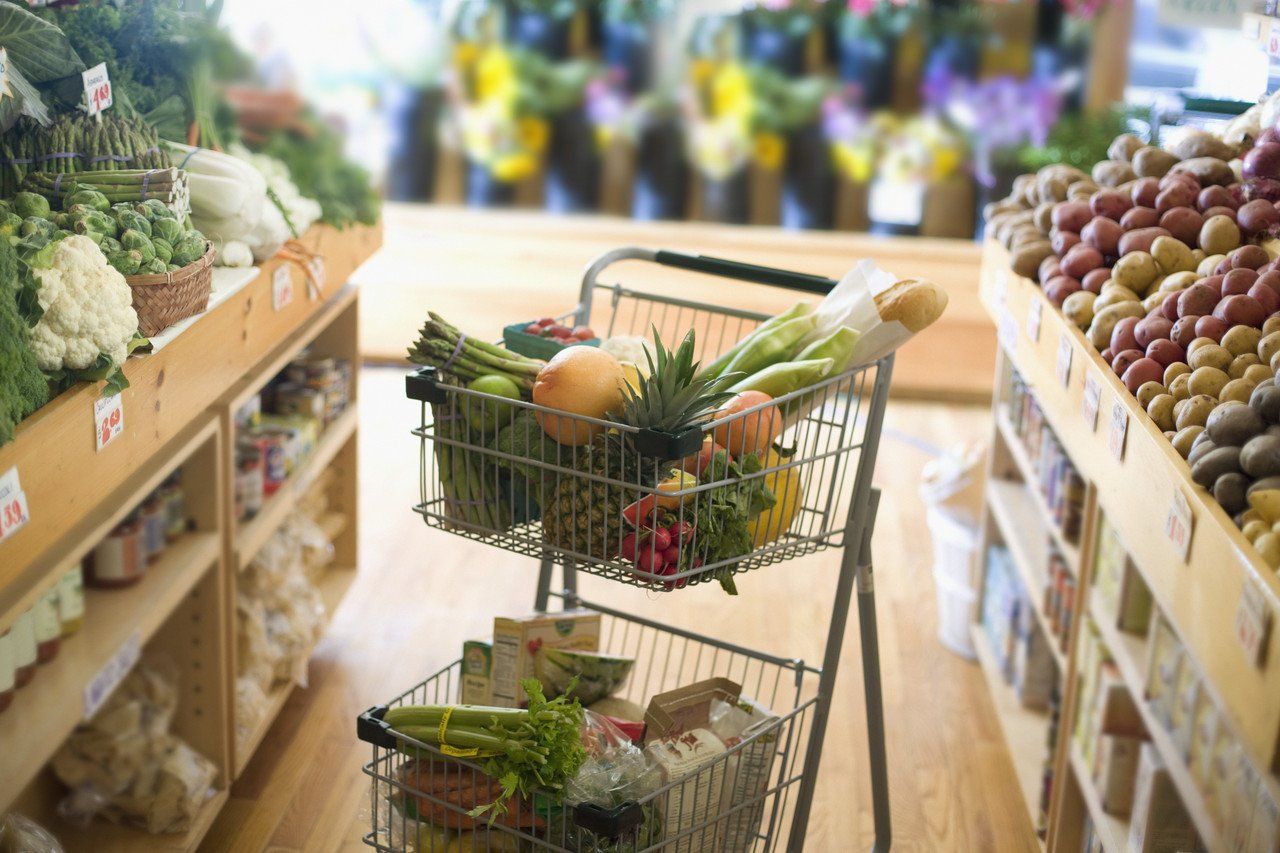
Suppliers rush to the market only to be disappointed when there is lack of follow up. Here are few points to help you learn more about the retailers you are targeting in new markets. This will help you not only better target who you want to talk to but also to be prepared for a potential meeting. History - what is the history of the retailer and what does the company stand for? Number of stores - how many stores do they have and do you have capacity to supply them? Location - Where are the stores located? What is the racial and economic background of the population in that area and do your products fit the demographics? Is your target consumer shopping there? Competitors - who are their competitors and do you work with any of those chains? Brands in your category - what brands does the retailer already carry in your category and how is your line different? If you are in market you should check some of the stores, otherwise check their webpage and look for brands in your category, pricing, packaging, shelf displays, ingredients, shelf life, discounts. E-commerce - do they offer e-commerce?


